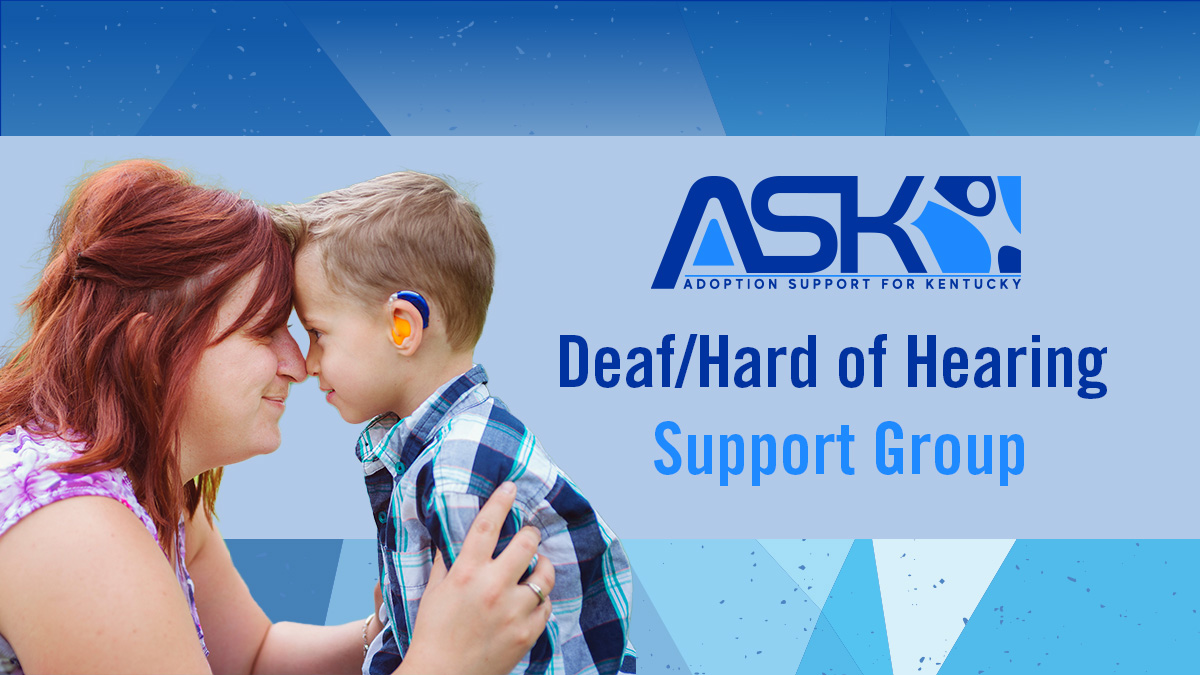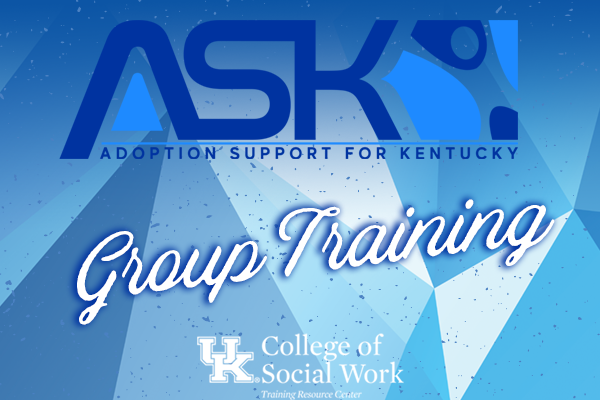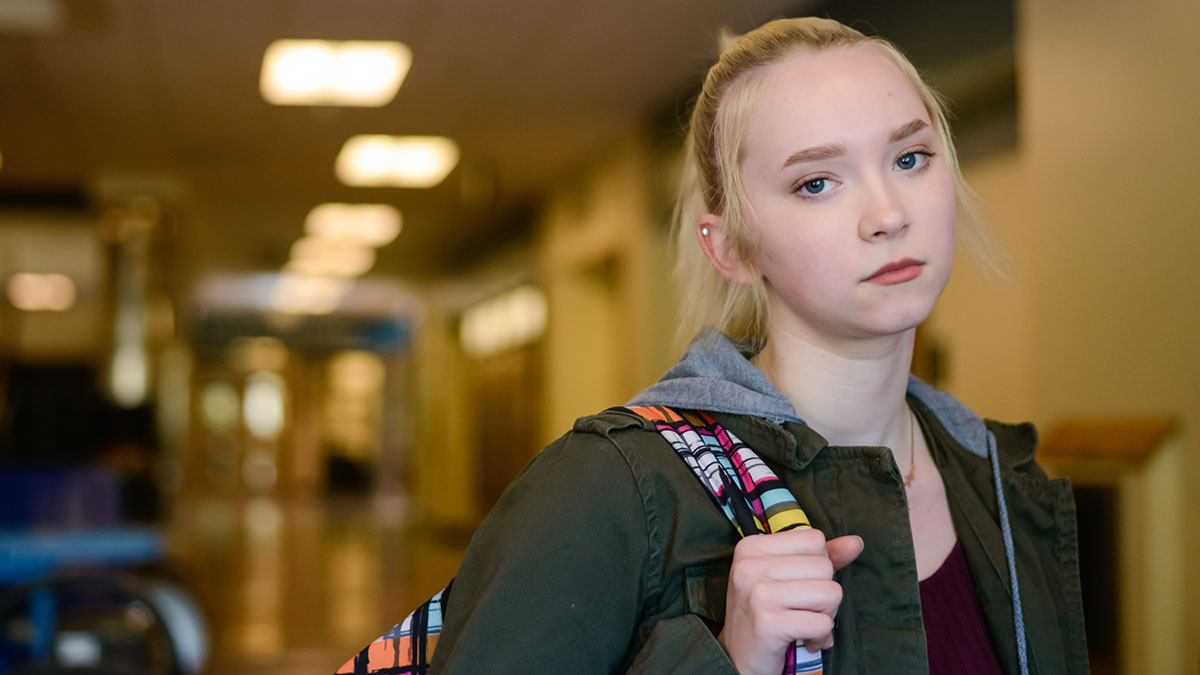This session will disseminate the scholarship and Capstone Project on addressing racial inequity in child welfare through child welfare worker training. Content will include statistics and data on the current scope of racial inequity in child welfare to provide awareness of the practice problem. A synthesize of the literature will be provided on anti-racism, diversity, equity, and inclusion (ADEI) training topic and fidelity for child welfare workers.
The identification of training ineffectiveness in worker ability to apply skills learned in practice will be highlighted, along with identification of current theory guiding practice and ADEI training. A new theoretical framework will be presented including Critical Race Theory currently guiding some implementation of training, and the addition of Transformative Learning Theory, Active Learning Theory, and Social Learning Theory to guide child welfare worker learning and ability to apply knowledge in practice.
Lastly, a proposed application to practice will be presented, including the delivery of training on an ongoing basis, activities to facilitate belief transformation, activities to facilitate active learning, and the enhancement of fidelity in practice through coaching, modeling, and inclusion in supervision.












